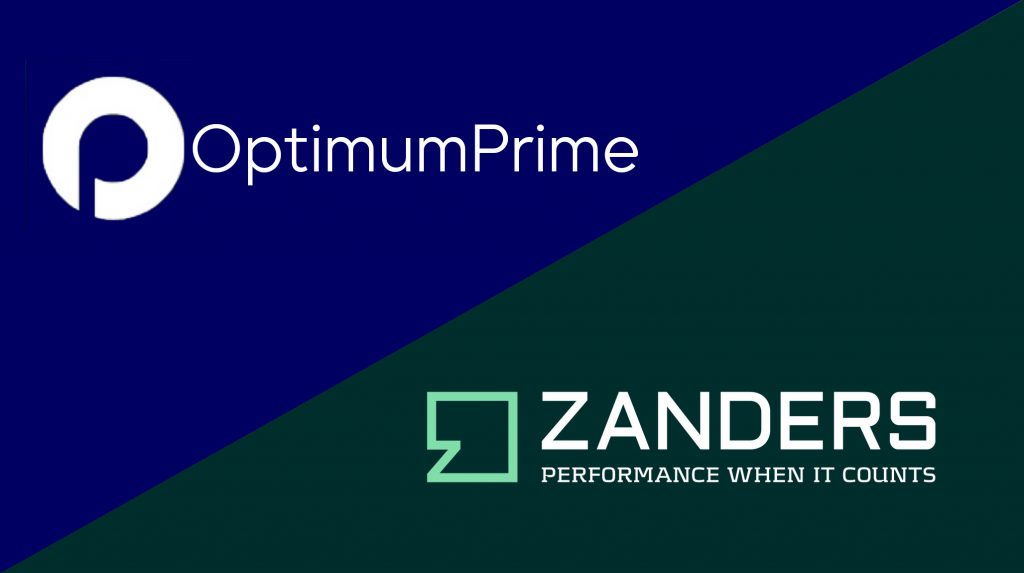Whitepaper
Debt Capacity Analysis: A guide to demonstrating the arm’s length principle in debt financing

At A Glance:
• Today’s tax regulations place a bigger emphasis on debt capacity tests, which when combined with rigorous tax audits, pose a significant risk for multinational enterprises (MNEs).
• Tax authorities now expect more than just an arm’s length interest rate assessment—they scrutinize all aspects of loan transactions, including debt capacity.
• To minimize the risk of tax adjustments and financial penalties during audits, companies are strongly advised to perform thorough debt capacity analyses.
• The aim is to validate the amount of debt a company can receive in compliance with the arm’s length principle.
• Despite its importance, the OECD and tax authorities have not provided any definitive guidance or preferences on how debt capacity analyses should be conducted.
• In this paper, we outline the two most common methods—peer analysis and cash flow analysis—summarizing the strengths and challenges of each approach.
• We also introduce a further hybrid option to show how combining both methods can provide clarity on a company’s debt position.
Learn more by downloading the whitepaper today.
Fill out the form to download the whitepaper
You are currently viewing a placeholder content from HubSpot. To access the actual content, click the button below. Please note that doing so will share data with third-party providers.
More Information

